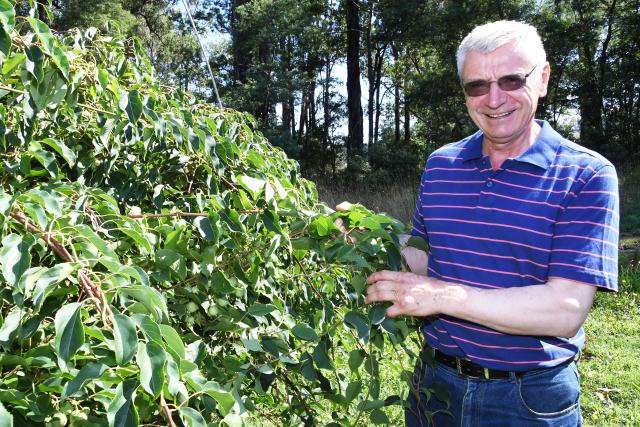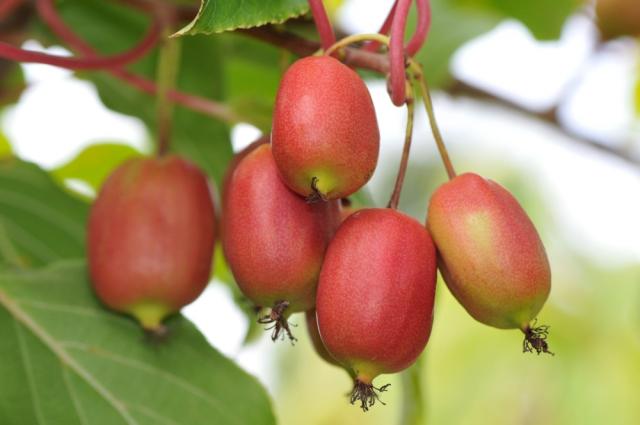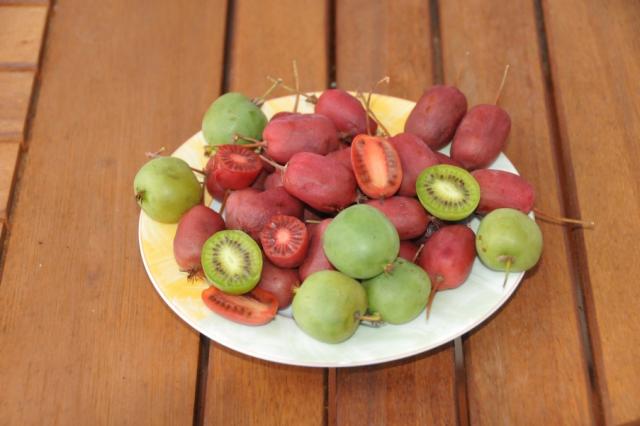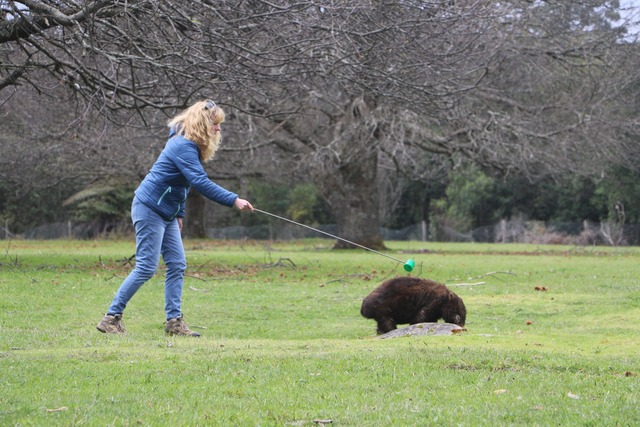Tucked away in a valley in Gembrook, an exotic fruit is ripening on rows of vines. Native to northern Asia and Siberia, kiwiberries have found a surprising home on Henry Bartosiewicz farm.
In 2012 Henry bought the 23 acre Gembrook farm which is still the only kiwiberry farm in Australia, he said.
The first crop was planted in 2013 and Henry continued to research the best varieties and growing techniques until 2018.
“2018 a crunch came, either I continue with my mining research work or do I commit to this, take a risk and have a go,” he said.
He took the risk.
“I kept breeding and identifying different varieties and I think we have something special,” Henry said.
“Last year we took it to the markets and the response was just out of this world.
“People just can’t believe how beautiful they are.”
Kiwiberries are a small variety of the kiwifruit, sharing an internal appearance but contrasting their exteriors.
Unlike kiwifruit, kiwiberries have smooth hairless edible skin similar to grapes so they can be eaten like other berries and without a spoon.
The problem was Henry didn’t know how to start growing them.
“I found a few people who had retired from the agriculture department who told me they remembered where there were a few plants,” he said.
“I kept searching and I accidently came across a few kiwifruit plants that started me off.”
He took a few cuttings which quickly started taking over his backyard in the suburbs.
“My wife thought I was a mad man,” he said, laughing.
Henry estimates he has over 1000 kiwiberry plants on the farm which get spaced out every 3m and held up by trellises.
Different kiwiberry varieties have different overtones.
All share an undertone of kiwifruit, Henry explained, but the overtones differ from passionfruit to pineapple to caramel.
Since 2018, Henry has seen an increase in the sale of his kiwiberries.
During the short growing season which usually starts from end of February until mid-April, Coles and Woolworths take most of the fruit.
Henry also is a regular at inner city farmers’ markets.
“A lot of people still don’t know about the fruit,” Henry said.
Henry said on first glance, the kiwiberries often get mistaken for olives at the markets.
“We invite people to taste them and it’s amazing to watch people when they put the fruit in their mouth and just see their face broadening, see a smile appear on their face, eyes open wide and reaction 95 per cent is oh my God, or wow.”
Henry also describes kiwiberries as a “nutritional powerhouse”.
He said they are one of the highest sources of vitamin B, C, E, A and K as well as being a significant source of essential minerals and microelements.
“Kiwiberries are acclaimed as one of the most promising ‘health foods’ due to the type, number and content of this fruit’s medicinally promising nutrients,” Henry said.









